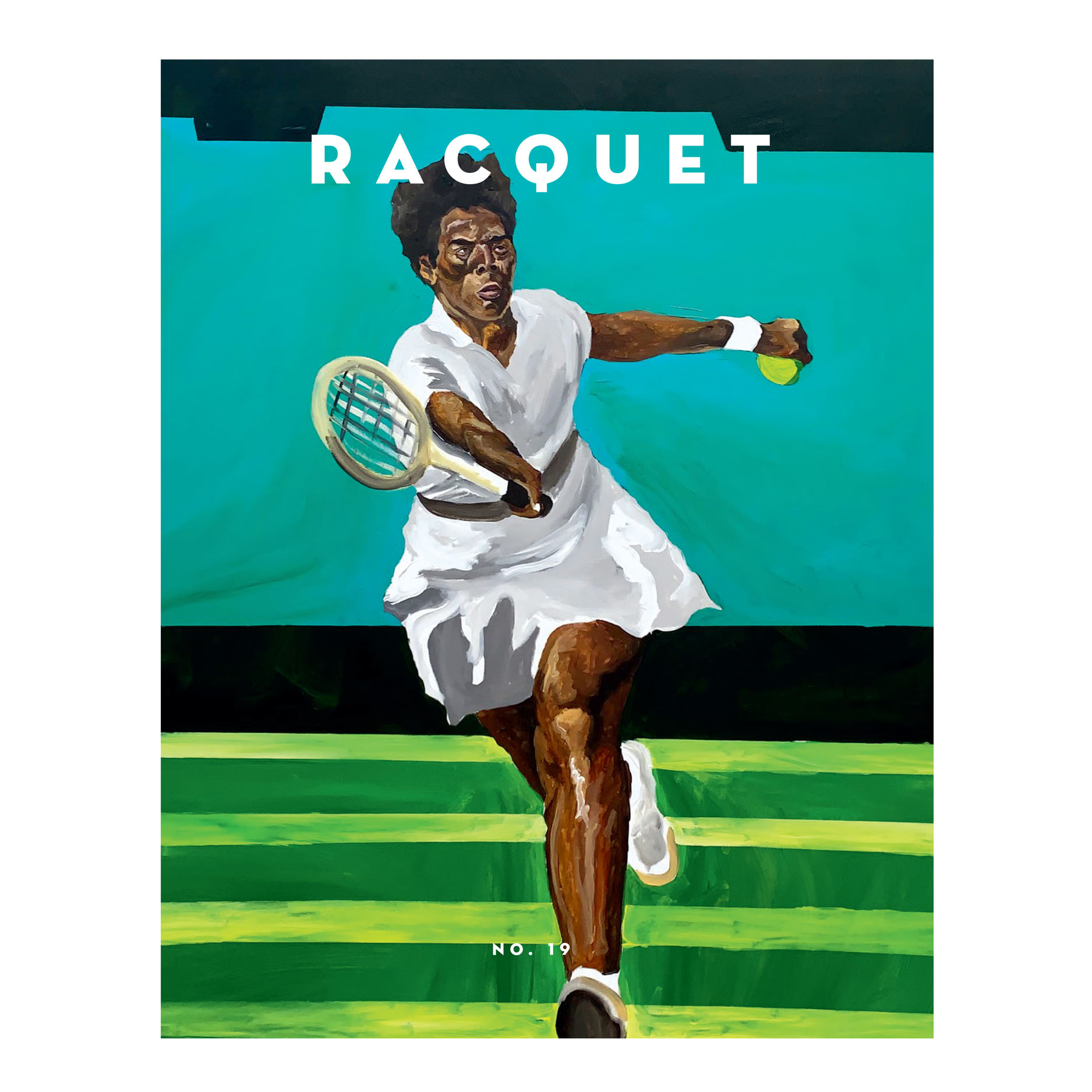By Giri Nathan
Few young players have walked onto the tour and screamed “talent” as loudly and unflinchingly as Bianca Andreescu did in 2019. It didn’t take a tennis savant to tell. I’m not exaggerating when I say her tennis looked qualitatively different from the rest of the field. Nobody with that much pure power had such a vast variety of shots, and vice versa. She arrived on the WTA fully formed, playing at the level of a world No. 1, but even then it seemed clear: Winning was easy for Bianca, but staying healthy wasn’t. That year she beat the first seven top 10 players she ever faced in her career, took two Premier titles, and won the US Open at age 19. It’s still unclear whether that will be her peak. Since she lifted that Open trophy that September, Andreescu has played only 43 matches over some 20 months, waylaid by all kinds of obstacles.
A meniscus injury in fall 2019 took her out for six months. When she was healthy enough to return, just in time to defend her title at Indian Wells, the 2020 tournament was canceled due to the pandemic. Then came the isolation, which limited her training, and she didn’t compete for the rest of that year. Her return to tour in 2021 was fitful, often lacking the athleticism and ingenuity of her breakout season, and still full of off-court complications, like a case of COVID-19 in Madrid. But in patches it was brilliant, like in Miami, where Andreescu picked up right where she left off in 2019, in a slew of three-set epics. But true to form, during that Miami final against Ash Barty, she had to retire with an ankle injury. (And now they’ll never play again!)
In October 2021, Andreescu took an indefinite leave from the tour. “I identified myself too much with my results. If I lost, I hated myself. If I won, I loved myself. Or even if I did win, sometimes I was still hard on myself because I didn’t like one game in the match,” she said last month, describing her mindset before the hiatus, when she considered quitting tennis. “I was very critical and it was very unhealthy.” Six months later, when she made her return at Stuttgart, she said she wasn’t completely sure if she was ready to be back. “But I just felt like my time off was enough. I kind of got tired and bored of not challenging myself on the court. I really missed that fire that I had competing and pushing myself.” The results have followed suit. in Stuttgart she took No. 4 seed Aryna Sabalenka in three sets. In Madrid she swung a topsy-turvy match against Alison Riske in her favor, and went on to double-breadstick Danielle Collins.
This week in Rome she has found more rhythm still, setting up a quarterfinal appointment with Iga Swiatek, who rose to the top of the tour while Andreescu was out. The first set lived up to billing, with Swiatek winning in a tiebreak, but in the second set, the world No. 1 delivered a bagel en route to her 26th(!) straight win. Despite how little Bianca has played in her pro career, she can already dispense veteran wisdom on one highly specific topic: struggling with injuries after a star-making US Open win. That’s a plight she has shared with her first-round opponent in Rome, Emma Raducanu, who retired from their match with a back injury that also bothered her last week in Madrid. Asked after the match if she had advice for her opponent, Andreescu said it was hard to understand the rigors and requirements of touring until you actually go do it. She talked about getting smarter about her scheduling, listening to her team’s advice about rest, resisting her own impulse to compete every week. Maybe she has figured out durability. I hope she has, and any fan of dynamic, surprising tennis should be hoping the same.
Above: Bianca reacts after getting hosed by a bad call in the first set tiebreak against Iga Swiatek in Rome today. (Getty)



